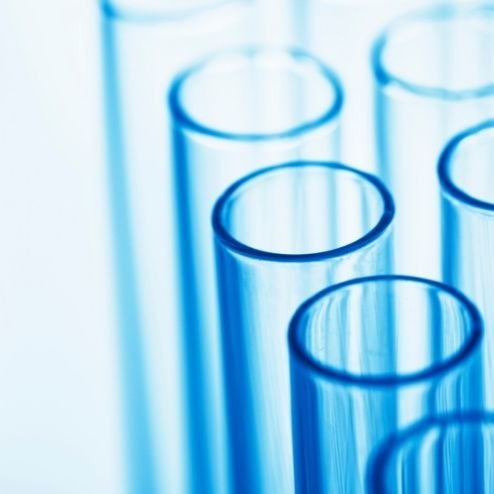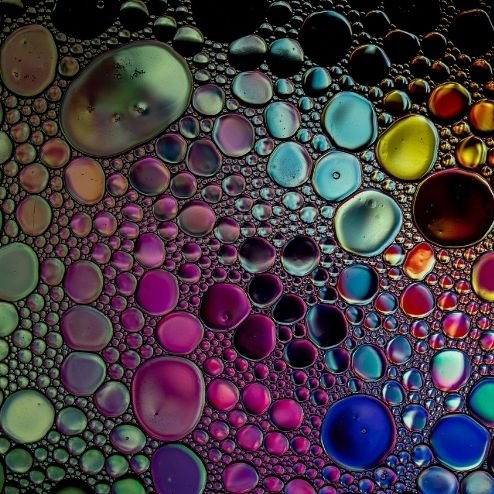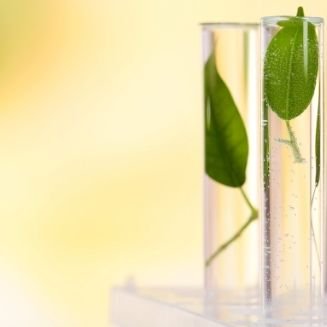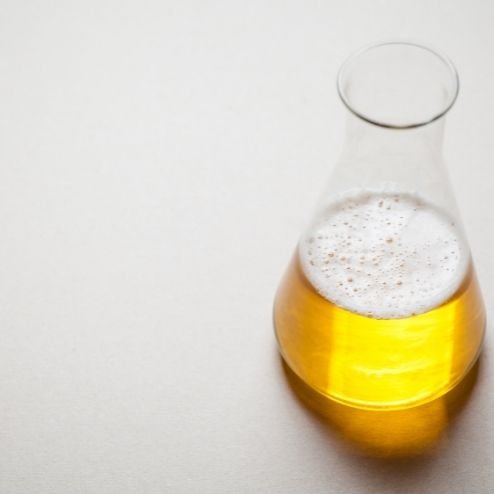Surfactants have a varied chemical structure. As a result they are characterised by an entire range of properties and have many different functions. These substances are therefore used in almost every industry. A single surfactant usually has multiple properties, which affect its ultimate use. Proper raw material selection is key in surfactant production. It is this stage that decides the parameters and physicochemical properties of the resulting surfactants, and therefore their subsequent use. For example, laundry and washing agents utilise surfactants with excellent foam-forming and wetting properties, while cosmetics make use of surfactants that are good emulsifiers.
After dissolving or dispersing in a liquid, surfactants are adsorbed at the phase boundary, changing the interphase surface tension. These compounds also have a common quality that enables them to form micelles. Surfactants are characterised by resistance to the effects of alkalis and hard water.
Surfactant solubility in water
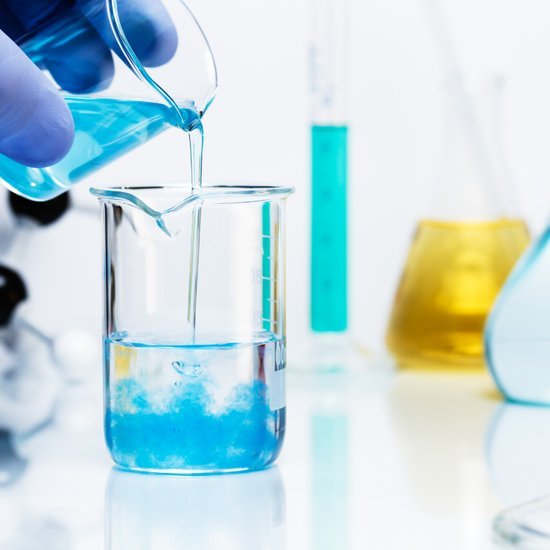
Due to their hydrophilic-hydrophobic structure, surfactants are soluble in many different solvents.
The solubility of ionic surface active agents stems from their ability to dissociate and produce ions. The solubility of non-ionic surfactants belonging to the polyoxyethylenated or polyoxypropylenated compound groups is, on the other hand, caused by the formation of a network of hydrogen bonds between water molecules and ether oxygen.
Solubility in polar compounds stems from the presence of the hydrophilic fragment in the molecule. However, the longer and less branched the hydrocarbon chain is, the lower the water solubility becomes.
Water solubility of surfactants can be adjusted by modifying their structure. Increasing the solubility is possible by introducing a polyoxyethylenated moiety in the molecule or by crossing the Krafft point, which is a particular temperature above which a sudden increase in solubility due to micelle formation occurs. Water solubility of a surface active agent can be reduced by incorporating propylene oxide into its structure.
Surfactant water solubility is also directly related to the hydrophilic-lipophilic balance (HLB) value.
Surfactant surface tension

Surface tension is forces that act on the interphase boundary. It is a constant quantity characteristic for each individual liquid, highly dependant on the temperature and environment with which the liquid is in contact. Surface tension is a result of an imbalance of forces acting on the molecules located on the surface of the liquid and in its bulk.
Surfactant molecules are adsorbed on the surface of the liquid phase, positioning themselves with their polar heads towards the bulk of the liquid, and with the hydrophobic tail towards the air. As a result of such an arrangement of the molecules, the surface tension of a liquid is reduced. When a larger amount of a surfactant is added, its molecules disperse in the entire bulk of the liquid in an unordered manner, until the critical micelle concentration (CMC) is exceeded. The molecules then begin to organise themselves in spherical forms called micelles.
When the concentration of a surfactant in a solution increases, its surface tension drops to a certain level and remains constant, regardless of any subsequent increase in concentration. Non-ionic surface active agents are the most effective at reducing surface tension.
Knowing the critical micelle concentration is very important when using surface active agents. This is because it determines the threshold concentration which is most suitable for use in a product for a given surfactant.
Methods that enable measuring surface tension include the stalagmometric method, the capillary rise method, and the maximum bubble pressure method.
Foam-producing properties of surfactants
The foam-producing properties of surfactants is the ability of surfactants to produce foam. Their measure is the volume of foam produced from a solution containing surfactants under specific conditions. This property of surface active agents stems from their ability to arrange themselves into micelles and to stabilise air bubbles.
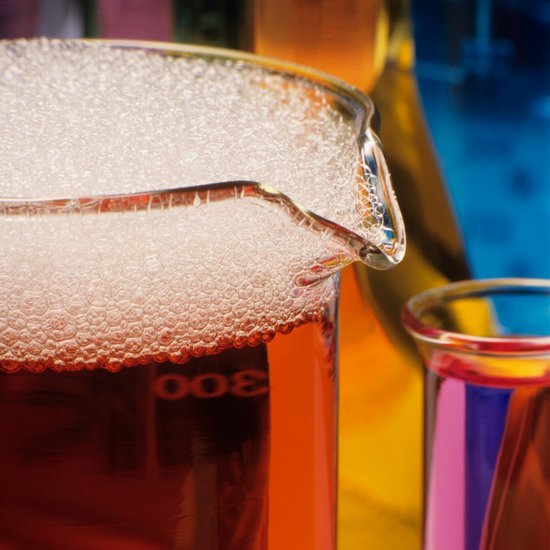
In pure liquids, no foaming process occurs. To produce foam, air or another gas is introduced into a liquid with a suitable surfactant. Surfactant molecules are then ordered on the liquid-gas interphase boundary. If the surfactant concentration in the solution is high, molecules of the surface active agent arrange themselves perpendicularly to the liquid-gas phase boundary. The hydrophilic ‘heads’ position themselves towards the bulk of the liquid, while the hydrophobic ‘tails’ point towards the air. When gas bubbles are released from the liquid phase, the surfactant molecules are adsorbed on the gas surface, forming a foam.
The ability of surfactants to form foams depends on several factors, such as the concentration and chemical structure of the surfactant, pH value of the solution, presence of other ingredients in the solution, as well as water hardness. Surfactant molecules with an alkyl chain 12–15 atoms long, or with a polyoxyethylene chain containing 10–12 oxyethylene groups, have the best foam-forming properties. On the other hand, surfactant molecules with an alkyl chain shorter than 10 or longer than 16 carbon atoms have the worst foam-forming properties.
The foaming ability of every surfactant can be adjusted by modifying its structure. Inserting a polyoxypropylene moiety into the molecule of a surface active agent enables us to reduce its foaming, while an addition of ethylene oxide increases the foam-forming ability of a surfactant.
The foam-producing properties of surfactants play an important role in many industrial applications, e.g. mineral flotation, detergent production, and in the food industry. In some cases, foaming is undesirable, or even harmful. This phenomenon is a hindrance mainly in the textile industry, industrial washing and laundering processes, and in automatic home washing machines. To remove or limit the surfactant foaming ability, an addition of anti-foaming agents can be used (e.g. silicone preparations or certain non-ionic surface active agents).
Surfactants that belong to anti-foaming agents have a hydrophilic-lipophilic balance value within the 1.5–3 range. When the foam-producing ability of surfactants is tested, foam stability and density are evaluated in addition to its volume.
Wetting properties of surfactants
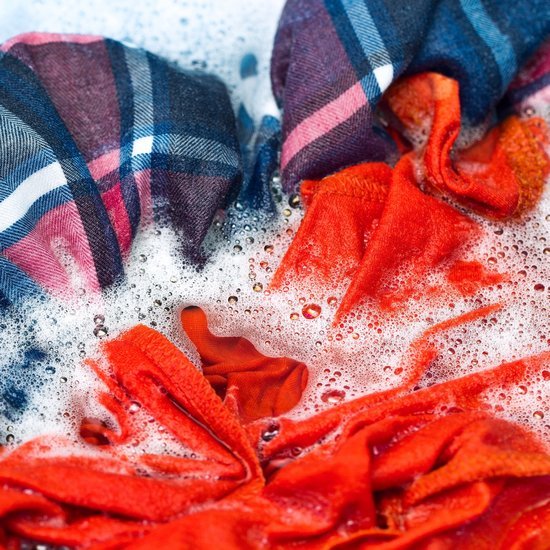
Wettability is another characteristic quality of surface active agents. Thanks to the ability of the molecules to reduce surface tension between a liquid and a solid, and to remove air from solid surfaces, the deliquescence of liquid droplets on the surface is greatly increased. In other words, wettability is the ability of surfactant molecules and their solutions to spread on the surface they are applied on. A result of this phenomenon is a lowered energy barrier between the solution and the wetted surface. This phenomenon leads to an increased contact area, which improves the effectiveness and speed of a given process.
When a pure liquid is compared to one with a surfactant addition, a difference in the areas taken up by either droplet is clearly visible.
Thanks to the wetting properties of surfactants, textiles can be wetted with water faster, which accelerates the laundering process. This quality is also used in agrochemistry (e.g. wetting of the leaf surface by the sprayed liquid), in the paint and varnish industry, and in the construction industry.
The quantity which describes a liquid’s ability to wet solids is wetting angle Θ, which is the angle between the wetted surface and the wetting droplet. When the angle equals zero, it means total wetting of a given surface by the liquid droplet. An angle 0° < Θ < 90° is characteristic for partially wetting liquids, while angles 90° < Θ < 180° mean partially non-wetting liquids. Liquids completely devoid of wetting ability have a wetting angle Θ of 180°.
Emulsification
Emulsification involves the formation of a suspension of two mutually insoluble and immiscible substances, at least one of which is a liquid. As a result of this process, a heterogeneous dispersive system is formed, a so-called emulsion. If both components are liquids, the emulsion is a suspension of droplets of one phase in the other. One liquid is the continuous, or external phase, the other – the dispersed, or internal phase. However, for such a system to be stable, it is necessary to use a surfactant, which surrounds the droplets of one liquid, separating them from the other phase and preventing them from combining into larger aggregates. This occurs thanks to the ordering of the surface active agent molecules. They arrange themselves with the hydrophilic head towards the polar solvent, and with the hydrophobic tail towards the non-polar phase. This is how oil-in-water emulsions form, where the continuous phase is polar water with a dispersed non-polar oily phase, or conversely – W/O emulsions, i.e. water-in-oil.
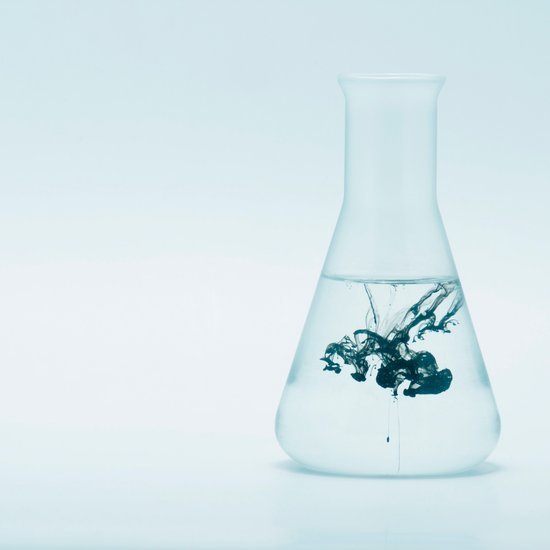
The term emulsion cannot be used to describe mixtures of gases or solids in liquids, suspensions of silver compounds in liquids (so-called photographic emulsion), and mixtures used in combustion engines (so-called fuel-air emulsion).
The affinity of the emulsifier to the oily phase and the aqueous phase is given by the HLB parameter (hydrophilic-lipophilic balance). Its value determines whether a specific surface active agent is better at stabilising water-in-oil or oil-in-water emulsions. Emulsifiers with a HLB lower than 10 usually stabilise water-in-oil emulsions, while emulsifiers with a HLB greater than 10 stabilise oil-in-water emulsions.
During an emulsification process, the stability of the resulting emulsions and their ease of forming are important issues. Emulsifiers can have a number of properties and applications that are useful for their intended function. Requirements placed on emulsifiers include: reduction of surface tension at the interphase boundary, prevention of the inversion phenomenon, emulsion stabilisation, and lack of toxicity or odour. Usually, individual emulsifiers possess only some of the desired properties, so a mixture of suitable emulsifiers is often used.
The ability to form emulsions enables surfactants to be used in many industries. With this phenomenon, we are able to produce cosmetics, paints, adhesives, varnishes and plastics. Additionally, surfactants are used as emulsifiers in the metallurgic, food, resource extraction, fuel, textile, chemical, construction and many other industries.
Detergency
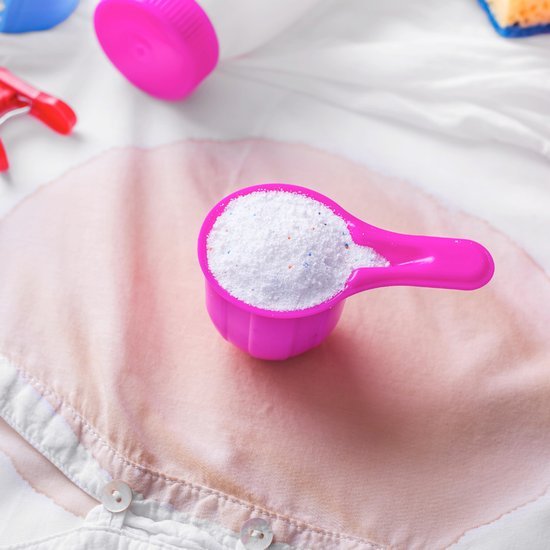
Detergency is a process of impurity removal. It occurs with the participation of surfactants, which surround dirt particles, positioning with the non-polar tails, i.e. their hydrocarbon chains towards them. Next, they break the dirt off the surface and surround it from all sides, forming a micelle. An emulsion thus produced makes it easy to remove impurities.
Note that surfactants exhibit a synergistic effect when combined with other surface active agents. Synergism is a phenomenon where the effect of two or more components is greater than the sum of their individual effects taken separately.






